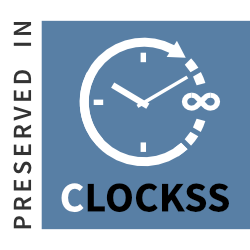Quick Search
Ağrı. 2025; 37(2): 129-132 | DOI: 10.14744/agri.2022.81598
2Department of Anesthesiology and Reanimation, Yunus Emre State Hospital, Eskişehir, Türkiye
Intrathecal injection in the difficult patient guided by ultrasonography: Two case reports
Meryem Onay1, Semih Boyacı2, Mehmet Sacit Güleç11Department of Anesthesiology and Reanimation, Osmangazi University Faculty of Medicine, Eskişehir, Türkiye2Department of Anesthesiology and Reanimation, Yunus Emre State Hospital, Eskişehir, Türkiye
Intrathecal injection is traditionally performed by identifying the interlaminar spaces using anatomical landmarks. However, obesity, previous spinal surgery, the presence of deformity, or age-related changes may hinder the detection of these landmarks. Poor or failed identification of anatomical landmarks leads to difficulties in performing the neuraxial technique, an increased number of needle insertions, and associated complications. In this study, we discuss our experience with ultrasonography-guided neuraxial block in two patients: one with super morbid obesity (BMI >50) and the other with severe scoliosis (Cobb angle >50°).
Keywords: Intrathecal injection, obesity, scoliosis, ultrasonography.Corresponding Author: Meryem Onay, Türkiye
Manuscript Language: English
Manuscript Language: English





